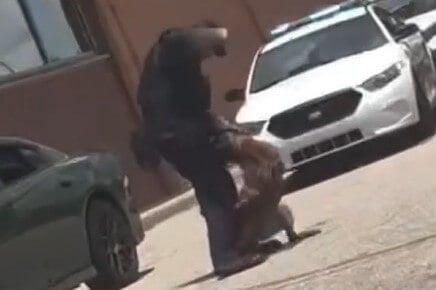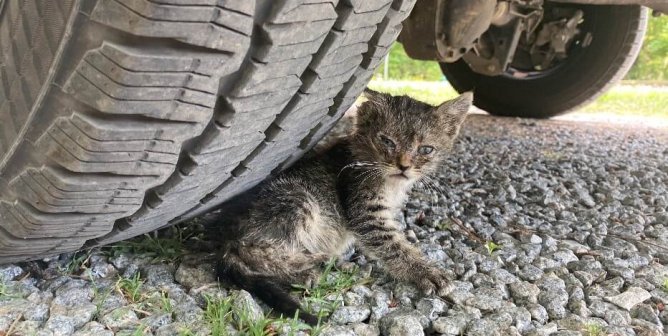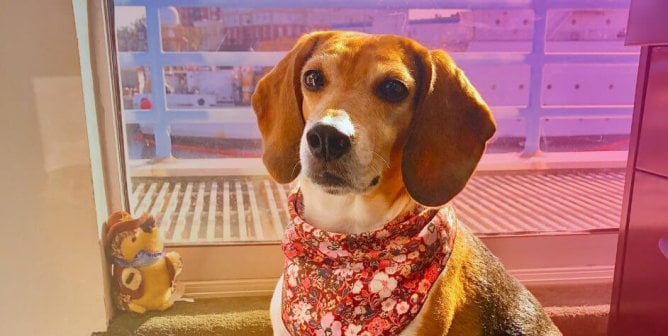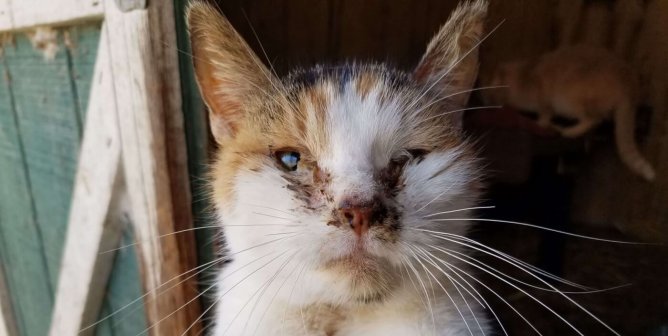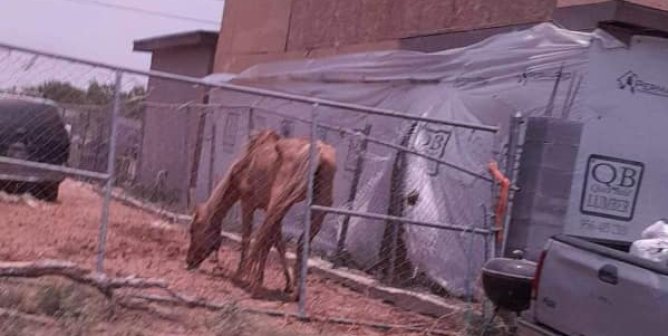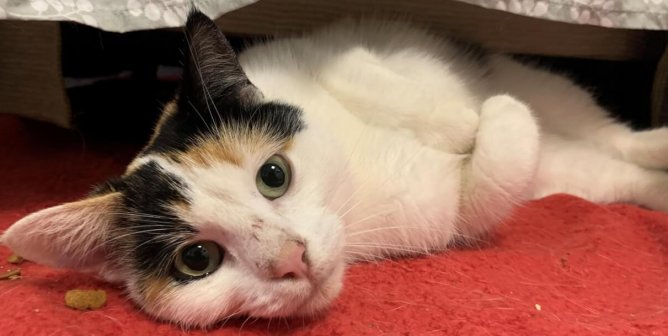Veterinary Malpractice and Grooming Accidents
The difficulty of coping with an animal companion’s injury or death is compounded when you suspect that a veterinarian’s negligence or abuse may be to blame. You can help protect your animal before tragedy strikes by looking for a skilled and caring veterinarian (ask for references from trusted friends and humane organizations, and call the local Better Business Bureau, Chamber of Commerce, and State Board of Veterinary Medical Examiners to check for complaints); seeking a second or third opinion about your animal’s diagnosis before proceeding with surgery or treatment; and carefully monitoring your animal’s stay and treatment at veterinary clinics. Never hesitate to ask questions about your animal companion’s treatment, and never leave your animal overnight at a veterinary hospital unless you are convinced that it is necessary to do so.
If your animal companion becomes sick or injured at a veterinary clinic, immediately take him or her to another veterinarian for a second opinion and treatment. Ask for copies of your animal companion’s medical records from the original veterinarian and show these to the second veterinarian. If your animal dies, have the body necropsied to determine the cause of death.
When You Suspect Malpractice
There are several steps that you can take when you suspect that veterinary malpractice has led to your companion animal’s injury, sickness, or death.
First, send a concise, accurate, and factual written complaint (including what happened, when, and where) to your state veterinary licensing board asking for an investigation and a response. Follow up on your written complaint by calling the licensing board. You should also submit a complaint to your local veterinary medical association asking for an investigation. Any veterinary clinic should be able to provide you with addresses for the state licensing board and veterinary medical association, or you can look in the phone book under state agencies. File copies of your complaints with the Better Business Bureau, local and state Consumer Affairs offices, and local Society for the Prevention of Cruelty to Animals as well.
You can also file a small-claims suit against the veterinarian by filling out a form and paying a small fee at your local courthouse. You are responsible for presenting your own case in small-claims courts, so be sure to have copies of all your animal’s medical records (including the results of the necropsy, if performed), statements from other veterinarians who examined your animal after you suspected negligence, and copies of your veterinary bills. Although small-claims courts only award “out-of-pocket” expenses, the attention generated by your case may be enough to prevent a veterinarian from acting irresponsibly in the future.
You can also hire a lawyer to help you bring a malpractice lawsuit against the veterinarian or negotiate a settlement. As with a small-claims suit, you will need documentation to back up your case, including statements from expert witnesses (such as veterinarians, pathologists, and others with special professional knowledge of the issues under consideration). You may find that many lawyers hesitate to take on these cases, because the potential for a large monetary award is low. In most veterinary-malpractice cases, awards are limited to the costs incurred plus the cost of replacing a companion animal with an animal of similar “value.” Some state courts, however, are beginning to acknowledge the unique nature of the bond shared between humans and their animal companions; these courts also permit the recovery of “reasonable sentimental value” in some instances. California, Connecticut, Florida, Illinois, and New Jersey are among the states in which recent veterinary-negligence cases prompted judges and juries to assess the value of companion animals beyond their “property value.”
To find a good attorney, ask your local bar association for a recommendation. Regardless of what action you decide to take, consider contacting local newspapers and television stations. Your story could help protect other animals from harm.
Grooming Accidents
Animals have been seriously injured or killed at grooming salons. Some suffer from heat exhaustion as a result of being left unattended in front of dryers, where temperatures can reach 135°F.(1) One such “grooming accident” left a Shih Tzu dead in a drying cage at a New York pet store.(2) Two Yorkshire terriers died from overheating when a Connecticut salon’s dryers failed to shut off; in an affidavit, a veterinarian who tried to save one of the animals reported that the dog had the worst case of heatstroke that she had ever seen.(3)
Animals are also the victims of other types of neglect. For example, a Pekingese was strangled to death by a collar tied to a grooming table after being left unattended at a Connecticut salon, and an unsupervised, small mixed-breed dog was killed by two larger dogs at a West Virginia groomer.(4)
Accident Prevention
The best way to prevent accidents is by taking precautions and doing research. If you must leave your animal companion at a grooming salon, take the following steps to ensure his or her safety:
• Consider using a groomer who makes house calls, so that both your animal companion and the groomer are under your supervision. If that’s not possible, ask to be present during grooming.
• Check to see whether the groomer you are considering is a graduate of a training program and a member of any trade organizations. Although groomers are not required to be licensed, association with groups like the National Dog Groomers Association often indicates professionalism. Evidence of participation in industry seminars is also a good sign.
• Find a groomer with experience. Groomers who have many years of experience in working with animals will be more confident in their skills and limitations and should be more comfortable with animal behavior than those who have less experience. Any reputable grooming salon should have at least one veteran groomer on staff.
• Request references from other clients.
• Ask if any animals have been injured or have died in the salon’s care. Also check with the Better Business Bureau to see if any complaints have been filed against the facility.
• Request that your dog be hand- or air-dried. Cage driers can malfunction and inadvertently be left on, leaving your companion animal with no escape from the heat.
• Be sure to alert the groomer of any health issues that your animal companion may have.
Another option is to learn how to groom your animal companion yourself. Regular bathing, brushing, and clipping help you to build rapport and trust with your animal companion while keeping him or her looking and feeling healthy. A good grooming routine should include the following:
• Brushing
Brushing removes dirt and dead hair, stimulates circulation, distributes natural oils throughout the coat, and provides a fantastic bonding opportunity for you and your animal companion.
• A Thorough Examination of the Body and Skin
Regularly checking for lumps, parasites, wounds, and other abnormalities is a great way to catch potential medical problems before they become serious.
• Ear Inspections
Check for unusual odors and inflamed skin, which can indicate the presence of infection or mites.
• Toenail Clipping
Overgrown nails can lead to injuries of the footpad, walking difficulties, and elongated blood vessels in the nails. Your veterinarian can show you the proper way to trim nails. When trimming your animal companion’s nails, check for cuts or foreign matter between the toes.
• Dental Care
Use toothpaste that is specially formulated for dogs and cats. If your animal companion doesn’t like having a toothbrush on his or her teeth, try wrapping some gauze around your finger instead.
• Baths
Depending on your animal companion’s breed and activities, baths may or may not be necessary. If you do bathe him or her, use lukewarm water, rinse well, and consider putting cotton in his or her ears in order to prevent water from getting in and causing infection.
What You Can Do
You can help prevent grooming accidents by contacting your local and state representatives and pushing for stronger regulations in the grooming industry. Lives can be saved and tragic accidents can be prevented through laws that require groomers to use only dryers that must be reset after a period of time rather than those that reset without a break, laws that set time limits on tethering and standards on the types of tethers that may be used, and laws that prohibit the use of sedatives or tranquilizers.
If your animal becomes injured at a grooming salon, you can file a small-claims suit or a lawsuit against the groomer or salon. Remember that a story about your animal companion’s injuries on a local television station or in the newspaper can help prevent future tragedies. Public awareness is a powerful tool.
References
1) “Wendy Diamond of Animal Fair Magazine Talks About Pet Salon Safety,” Sunday Today, narr. Lester Holt, NBC, 20 Aug. 2006.
2) Carl MacGowan, “Dog Killed in Apparent Grooming Accident,” Newsday 16 Jun. 2006.
3) Josh Kovner, “Groomer Charged in Dogs’ Deaths,” Hartford Courant 19 Aug. 2006.
4) Sara Schaefer Munoz, “Deadly Incidents Prompt Concern Over Pet Salons,” The Wall Street Journal Online 11 Aug. 2006.

